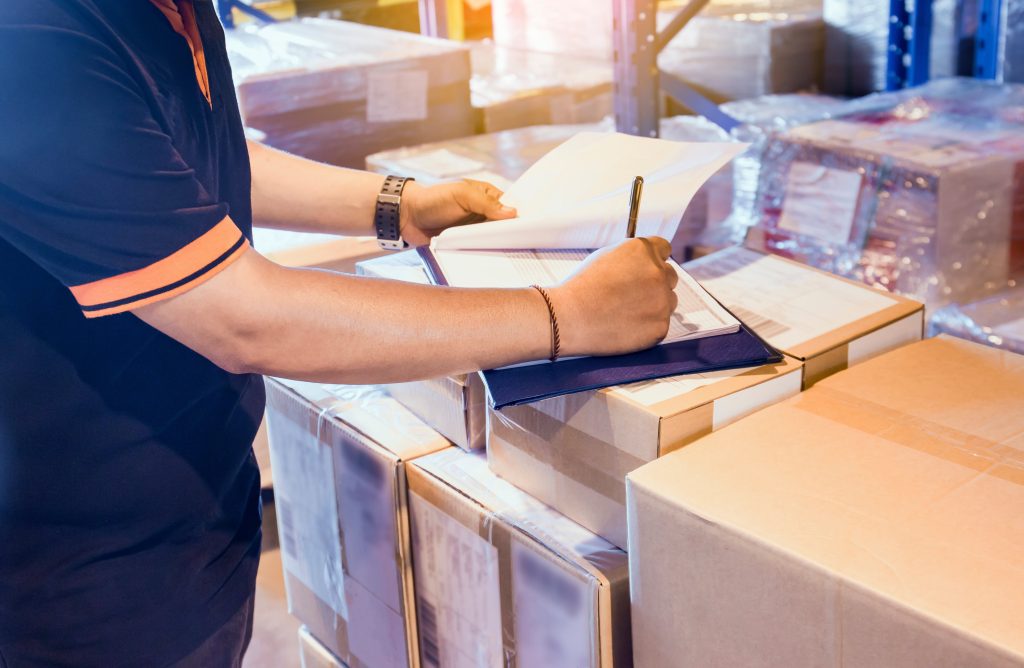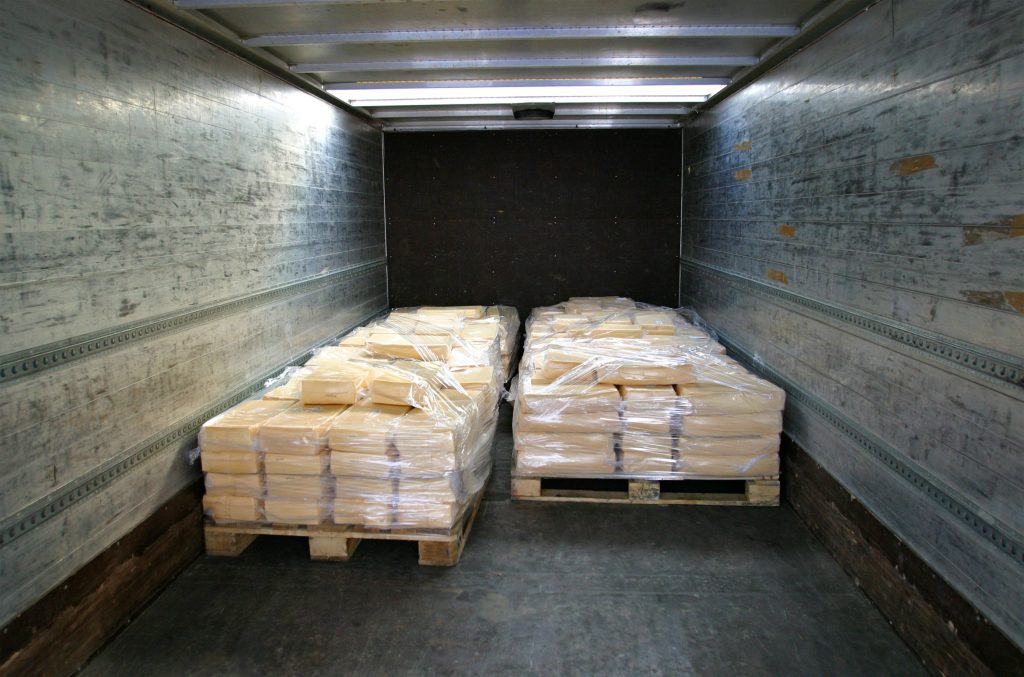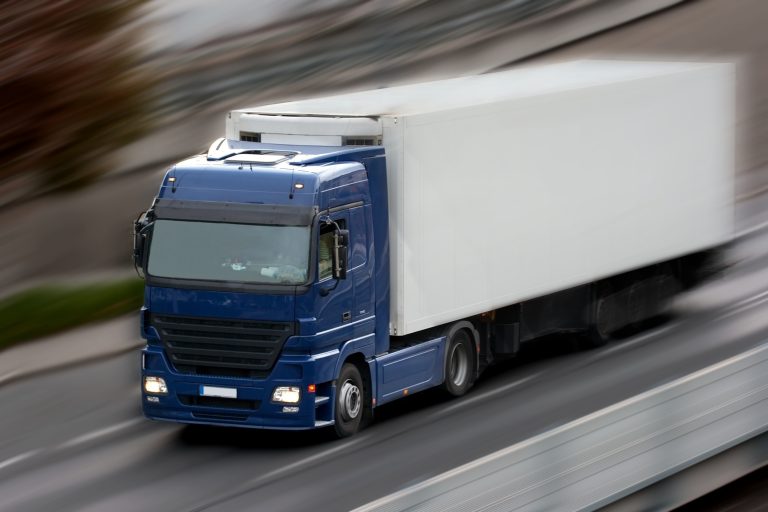While many logistics conversations center on high-level topics like continuous improvement, it is impossible to leverage this methodology without a strong understanding of the core elements of logistics. In order for any continuous improvement strategy to be effective it must achieve harmony between these essential logistics elements.
The five key elements of logistics that you must include in your continuous improvement strategy include the following:
1. Planning: Materials Handling, Warehousing, and More
In general, and regardless of which industries you serve, the market can be a volatile and unpredictable space. Unexpected changes to market conditions can create a variance between supply and demand.
If you want to put yourself in a position to respond effectively to these shifts, you must engage in comprehensive planning – a process that must address materials handling, warehousing, and goods storage.
Even if you feel as though you have developed a great plan for managing these elements of logistics, you should still leverage the concept of continuous improvement. By doing so, you can protect the supply chain and ensure that consumers have access to your goods and products.
As part of your planning process, you should implement built-in pivot options. Should you encounter an unexpected issue, such as a materials shortage, you can redirect to another supplier to keep the supply chain intact. Though it might not be possible to plan for every potential disruption, you will be able to address the issues that are most likely to arise.

2. Unitization of Packaging
Once you have developed a customer’s perfect package, you can unitize your products to streamline their transportation and storage. Unitization is the process of bundling cargo together into a larger unit, preferably one that is cube-shaped.
Proper package handling and storage practices are critical to the health of the supply chain. If you fail to address this element of logistics in your continuous improvement strategy, packages may be damaged in transit. In turn, this will lead to a decline in customer satisfaction and a decrease in demand.
Finding the ideal packaging for a product requires research. You should analyze goods to determine which storage techniques will most effectively preserve the quality of your products without driving up costs too much. You must also package products in a manner that represents your brand in a positive light, and that will enhance the customer purchasing experience.

3. Inventory Control
Inventory control is the process of managing the flow of products and goods between warehouses. Inventory control processes guide several key decisions, including where to store excess goods, how much stock to hold, and other factors.
As part of your inventory control processes, you must use analytics data to predict consumer demand and adjust stock levels accordingly. The data will enable you to streamline the fulfillment process and avoid stockouts.
While inventory management processes are by no means flawless, you can optimize yours by adopting new technologies and striving for continuous improvement.
4. Transportation

Transportation is where the rubber meets the road, and it is by far one of the most costly and complex elements of logistics to manage. To mitigate costs, you must adopt modern transportation management strategies.
While there are several ways to tackle your transportation challenges, adopting a modern transportation management system (TMS) is one of the most pragmatic options. Such a platform provides a unified interface through which you can access and manage all of your transportation data, including deliveries, trucks, and cargo.
TMS technology will also enable you to meet the needs of modern consumers by expediting delivery timetables.
5. Data-Driven Control
Instituting data-driven control processes allows you to merge the other four aforementioned elements of logistics. To achieve this, you need a suite of logistics management technologies.
Cumulatively, these technologies will facilitate the flow of information to a centralized database so that you can make informed logistics management decisions based on real-time data.
If your organization is ready to elevate the way it approaches the key elements of logistics, R2 Logistics can help. We combine world-class TMS technologies with industry expertise to empower you to reach your continuous improvement goals. Connect with us today to schedule a consultation or obtain a quote.
